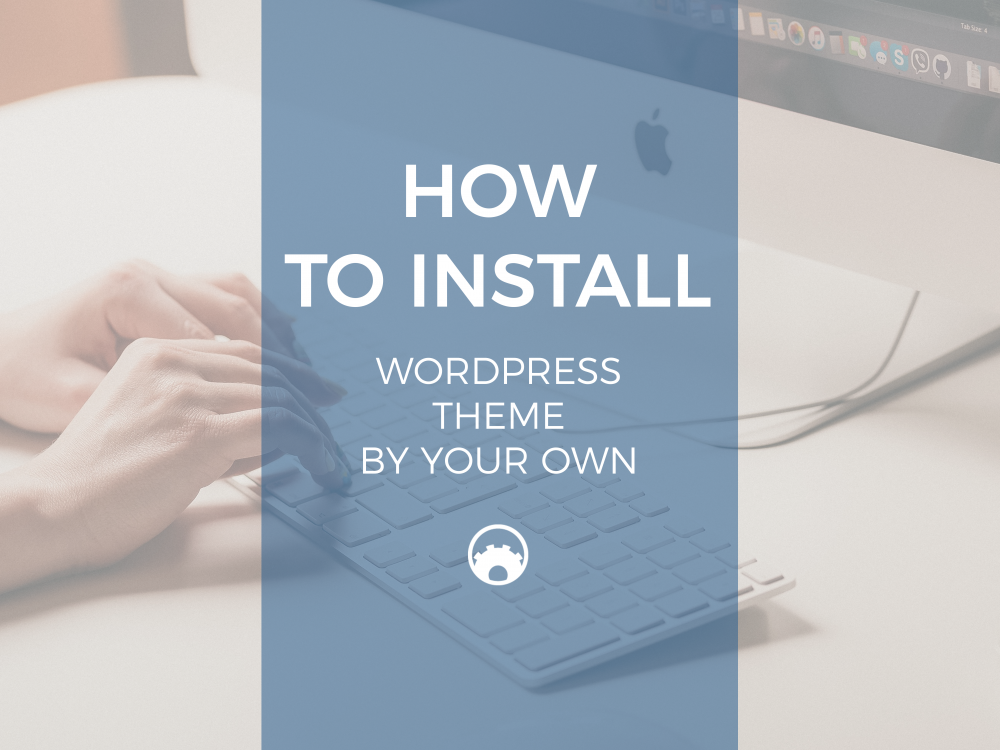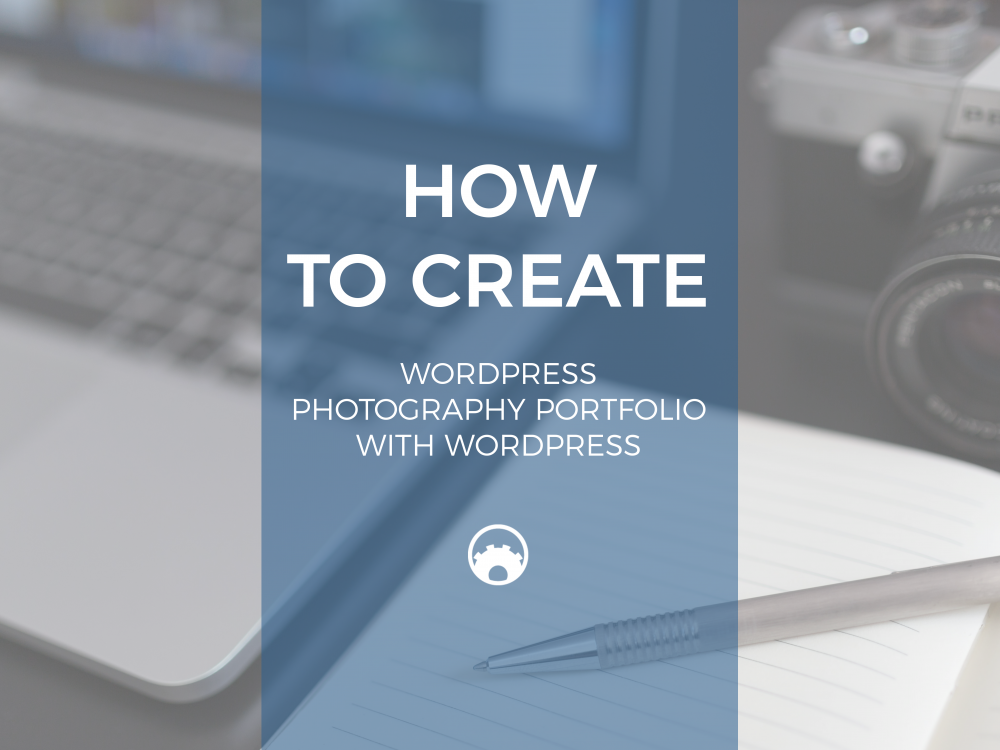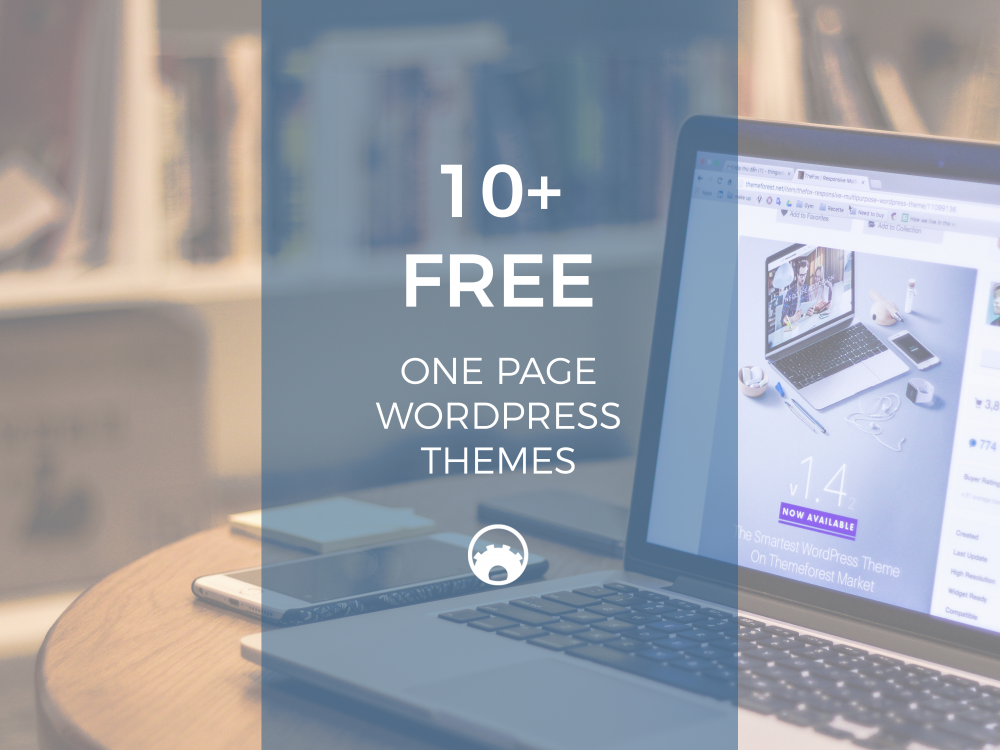
10 Top Invoices Plugins for Your WordPress Shop
WordPress is a great website to use, for whatever kind of content you want to host on the internet. And one kind of website that you can create and host using WordPress is an e-commerce website. With WordPress, you will be able to open and run an online shop.









